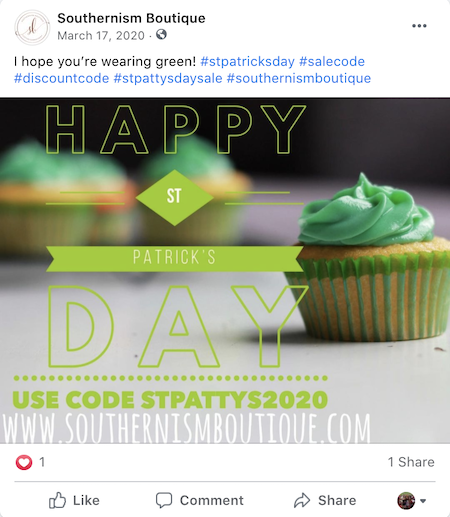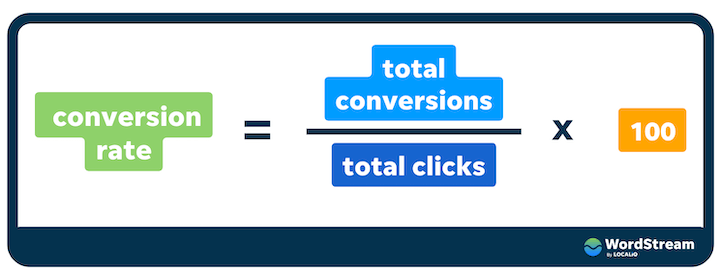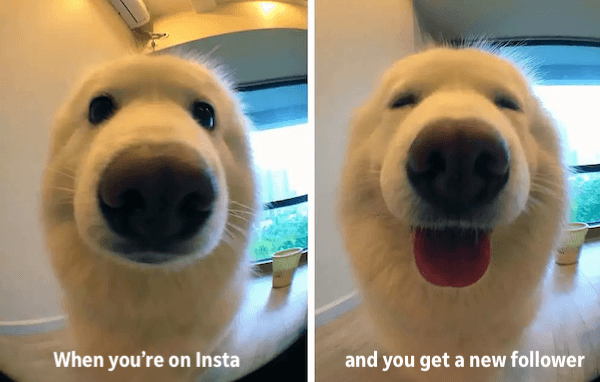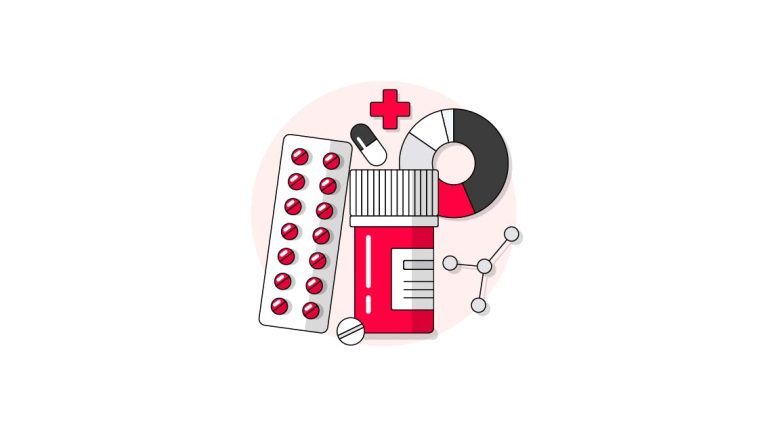In a world where access to third-party cookies will be greatly reduced, brands and agencies will be looking to spend in channels that deliver the promise of contextually relevant advertising, delivered at the right time and in the right place. Through the application of programmatic, DOOH is prepped to help marketers maximise the performance of their ad spend and drive precise business outcomes.
One of the most attractive aspects of programmatic DOOH is its ability to provide a view of consumer paths to purchase and connect business outcomes to DOOH ad exposures, all while upholding consumers’ rights to privacy. It gives brands and agencies a clear understanding of their campaigns’ influence at all points of the marketing funnel, including awareness, consideration, intent, visitation, and conversion. In turn, it helps marketers accurately understand and demonstrate business outcomes. Programmatic DOOH also enables flexible buying – previously impossible in OOH. Brands can rapidly adjust ad spend and campaign parameters to reflect external changes, as well as pause campaigns if necessary.
DOOH spend is expected to grow by more than 50% this year – how can marketers maximise performance?
On the first day of the event, the Hivestack team invited delegates to have professional portraits taken which were then placed on the most premium digital billboards across London, New York, Tokyo, Hong Kong, Singapore, and Toronto. We even had the chance to take Sir Martin Sorrell’s portrait which we then placed on a premium DOOH screen in Aoyama Street, one of Tokyo’s busiest locations – a real coup. The photos were activated through the Hivestack platform at the push of a button live on stage during our keynote session.
We caught up with Hawke to find out more about her role, the benefits of programmatic DOOH, and why she believes it should be a key part of a wider omni-channel strategy.
DOOH is often thought of as a standalone channel, but how can it form part of an omnichannel brand strategy?
There are two main reasons why programmatic DOOH should be front of mind when developing an omnichannel brand strategy. First, programmatic DOOH has the unique ability to use anonymised data from mobile or device IDs data, which allows for audience retargeting across various touch points such as social, digital and video. For example, in a recent FICO campaign, Hivestack enabled sequential messaging through retargeting DOOH-exposed audiences on Facebook, passing data to the social media platform and continuing the story initiated by DOOH.
As a marketer and early advocate of the benefits of programmatic, I know first-hand how this technology in programmatic DOOH can help brands and agencies plan and buy targeted, measurable campaigns that drive business outcomes. While reach is the standard metric for OOH, programmatic DOOH brings a data-driven approach to the channel, pushing it to become more accountable and maximise performance.
For instance, a leading global coffee chain recently ran a programmatic DOOH campaign that used cost-per-incremental visit (CPIV) to determine ad spend. Groundbreaking performance metrics like this, which closely support marketers’ KPIs, transform how DOOH inventory is bought and sold, and in turn, shape the future of the channel.
How will the third-party cookie ban impact programmatic marketing?
Programmatic DOOH doesn’t target individuals, it’s a one-to-many channel, which analyses audience behaviours at scale and delivers relevant ads to people en masse. It also uses probabilistic modelling based on historical mobile location data, as opposed to being reliant on deterministic matching or first-party IDs. Additionally, it has access to a huge wealth of data which marketers can use to target the behaviours of audience segments, rather than individuals with high accuracy.
At a recent industry event in London, Hivestack activated an exciting and innovative programmatic DOOH campaign in real-time to showcase the power of Hivestack’s scale and agility on a global scale.
Most importantly, for each portrait taken and every social share of the campaign’s activation, Hivestack donated £10 to Crisis, the UK charity dedicated to ending homelessness. The campaign created a huge buzz at the event and brought to life how brands can harness the power of real-time programmatic while entwining creativity and social responsibility in their marketing campaigns. This is another great example of why I’m proud to be part of a company that is bringing tech-driven innovation and creativity to OOH to drive its continued growth.
Why should marketers turn to programmatic DOOH for their next OOH campaign?
As part of an omnichannel campaign, a fast food chain could decide that a DOOH ad will be served to its target audience during lunch time, a few hours after a social ad was pushed to the same set of consumers. This capability unleashes endless ad customisation and contextualisation opportunities.
Can you give me an example of a recent DOOH campaign that stands out in terms of innovation and/or success?
At Hivestack, we believe that programmatic DOOH is a safe heaven for brands and agencies facing the loss of third-party cookies. Along with third-party cookies, there is Apple’s recent update in iOS 14.5, removing Identifiers for Advertisers (IDFAs). Although these industry changes inevitably reduce the availability of mobile location data, programmatic DOOH can deliver context-based targeting, improve ad spend efficiency, and minimise spill impressions, even with reduced access to data.
Nikki Hawke is the Chief Marketing Officer of Hivestack – a global ad tech leader in programmatic digital out of home (DOOH) advertising.
Secondly, marketers can set specific campaign parameters (also known as triggers) that control when and how an ad is displayed – conditions may include the weather, time of day, geofencing and audience demographics.






